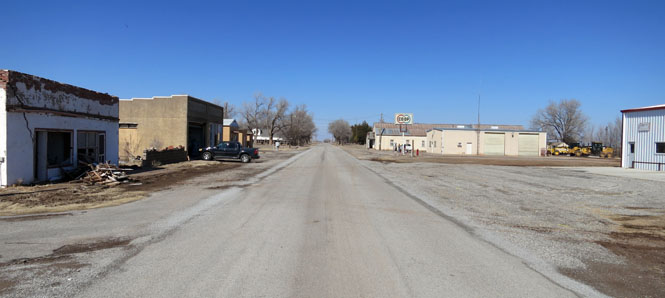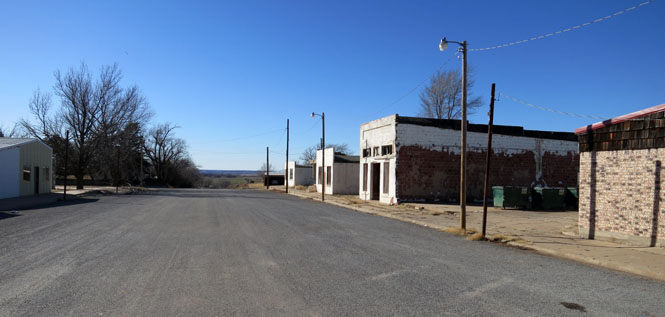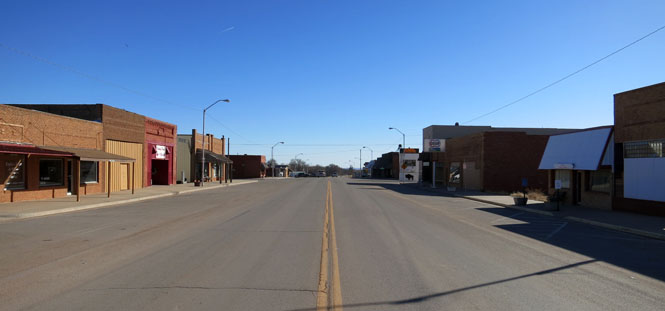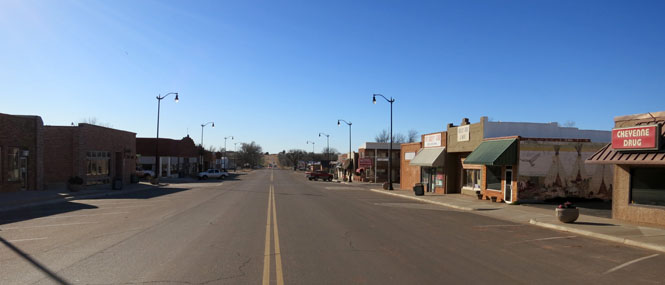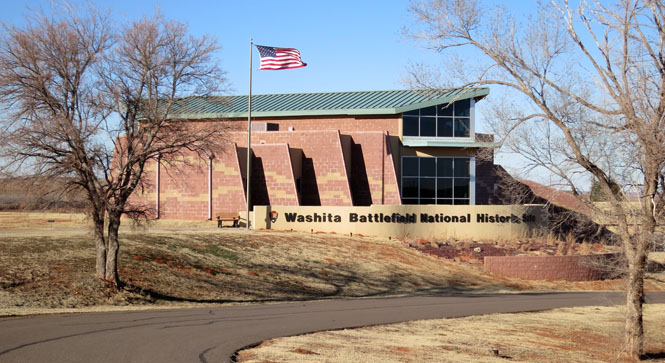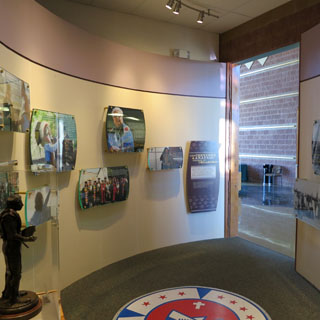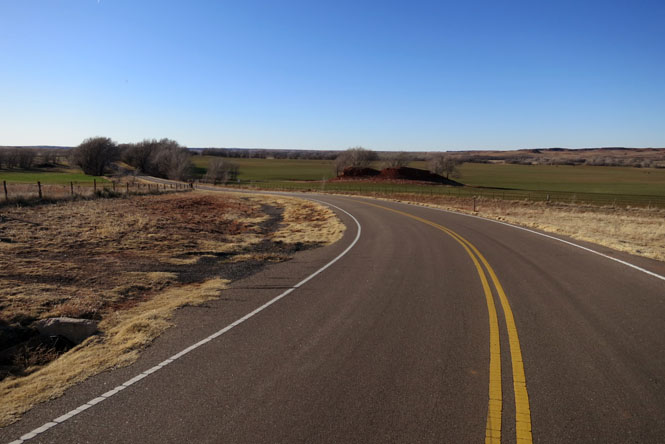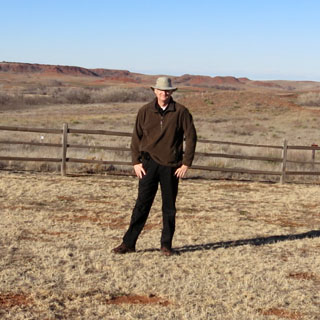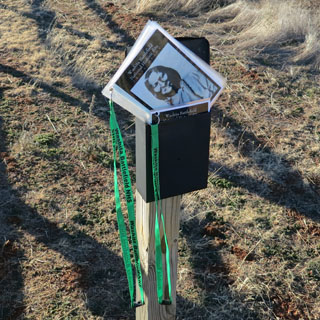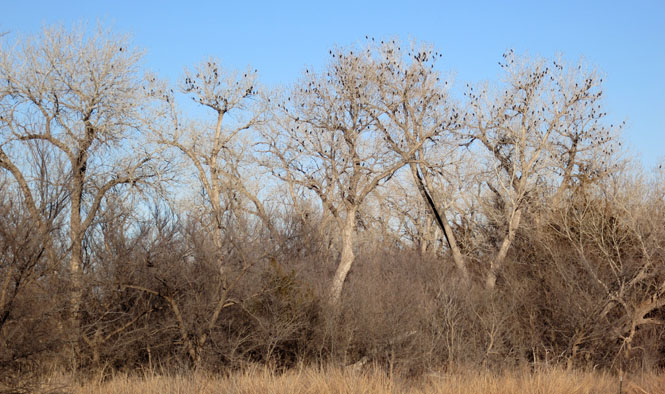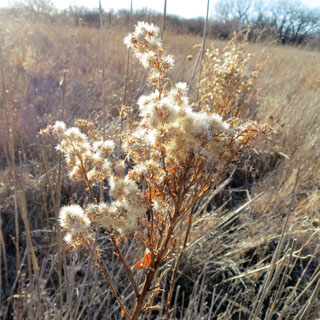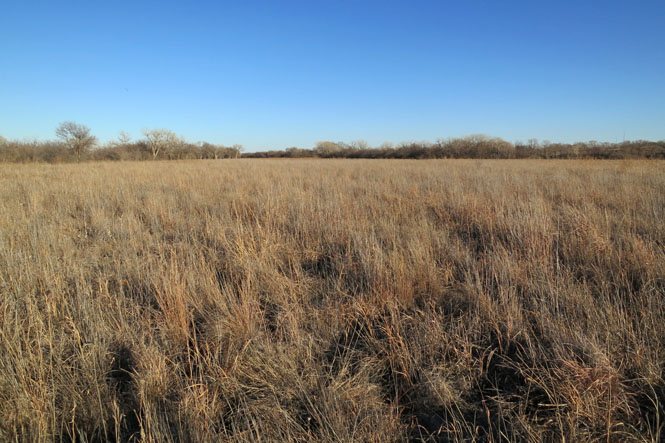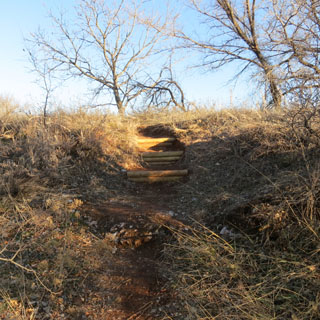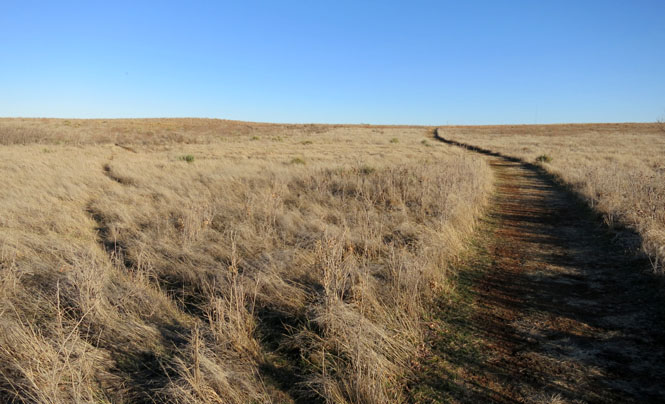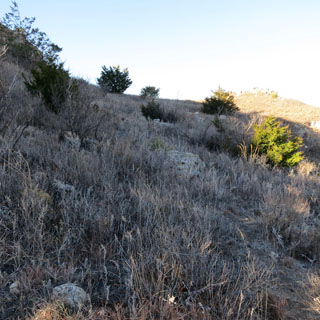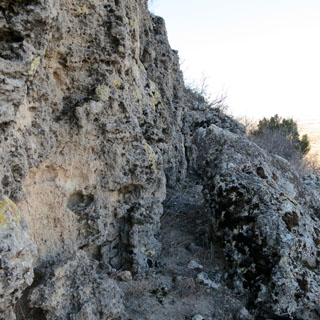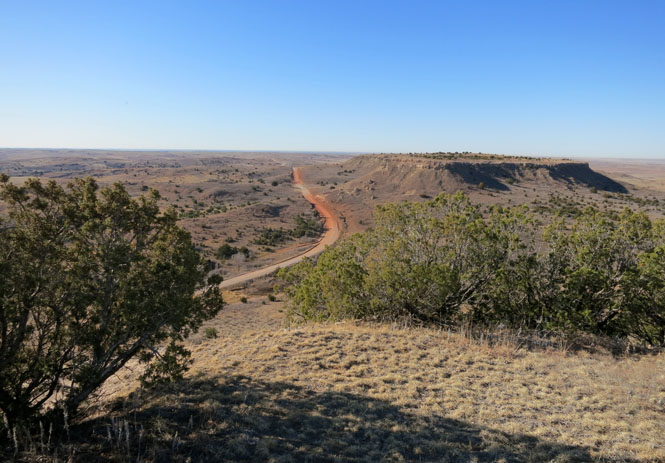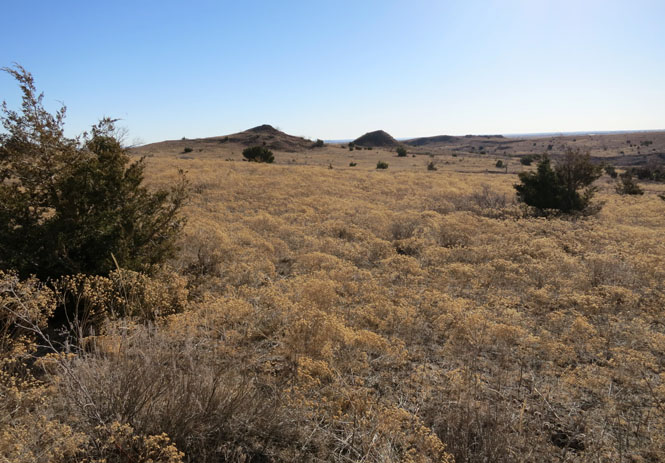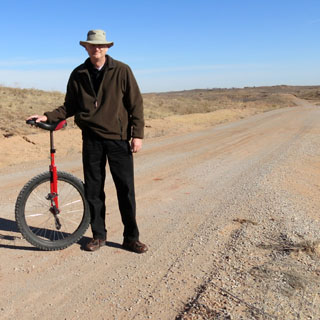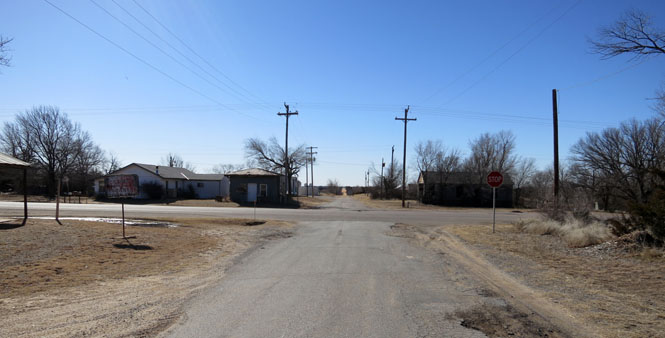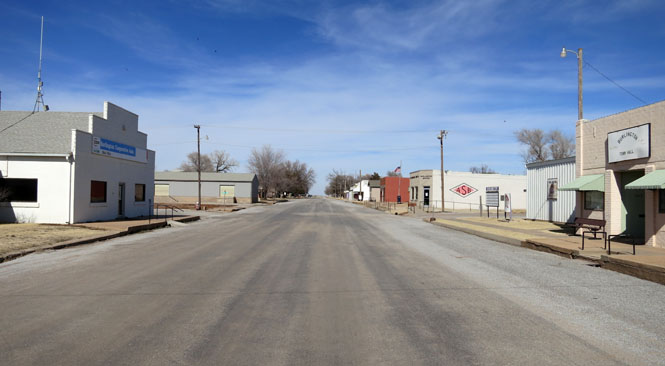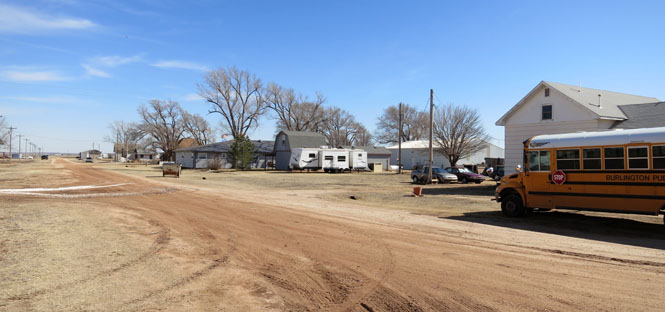February, 2013

Last month I visited the Sand Creek massacre site. The events at that location would have a direct impact here, just a few years later. Some of the Cheyenne survivors of Sand Creek would come to be killed at Washita.
 Oklahoma
Oklahoma
Capron, Oklahoma
Alva, Oklahoma
Waynoka, Oklahoma
Seiling, Oklahoma
Camargo, Oklahoma
Leedey, Oklahoma
Cheyenne, Oklahoma
The historic site is just a few miles west of Cheyenne.
 Black Kettle National Grassland, Oklahoma
Black Kettle National Grassland, Oklahoma
I'd been by here some years before, but the visitor center was not then open.
 Washita Battlefield National
Historic Site.
Washita Battlefield National
Historic Site.
This site recognizes the attack by Lt. Col. George
Armstrong Custer and his 7th U. S. Cavalry on the Cheyenne encampment of
Peace Chief Black Kettle as a nationally significant element of the United
States Government Indian policy and the struggles of the Cheyenne to
maintain control of their traditional homelands.
-NPS website
I arrived near closing, so was not able to watch their video. The museum focused on recollections of the battle and the aftermath of the people.
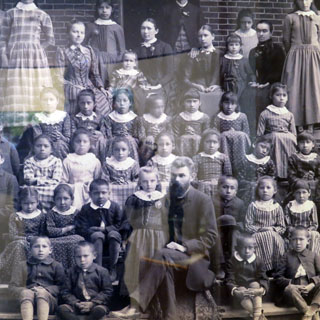
It's a short drive from the visitor center to the overlook, which is also the trail head.
There are two trail loops; combined they are about a mile in length.

Laminated guides were in the box at the start of the trail. You'd have to be pretty absent-minded to drive away with one.
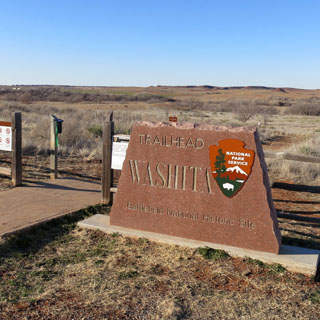
Most of the trail is level and easy.

The encampment was along the river, although the path of the river has changed quite a bit over the years. Consequently, there is some uncertainty as to the exact location.
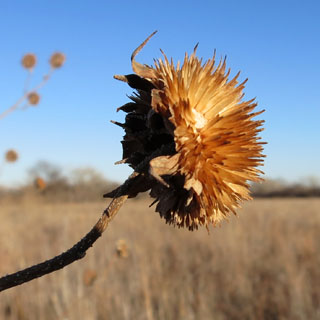
It appears that the battlefield is largely as it was. The park service is working to remove all non-native species of plants.
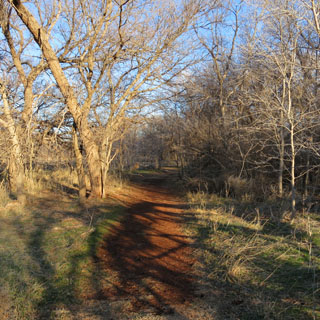
I spent the night in Elk City, Oklahoma.
The Antelope Hills are several miles north of the battlefield. This was the site of a much earlier (1858) battle between the Texas Rangers and Comanche. Actually, the rangers violated federal law by even being in this area; but, so it goes.
The Hills had long been a prominent landmark, and at one time marked the international boundary between Mexico and the United States. The southern branch of the California Trail also passed through here.
At 2,598 Antelope Hills is the 7th highest mountain in Oklahoma and the 38,143rd highest mountain in the United States (remarkable that somebody bothered to figure this out).
Below, you will note four "peaks." I would be climbing the one on the right--it seemed to be the highest.
It wasn't clear which was the best way to the top. I would circle half-way around before finding a way.
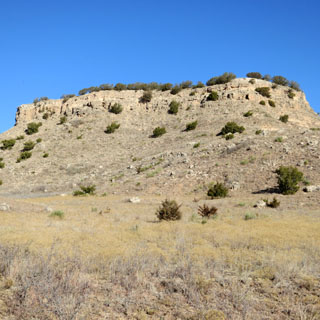
Over the centuries, who has stood where I am? This is not a well-trodden area, so it's easy to imagine that it was just like this two hundred years ago.
Eventually, I found a way to the top that didn't require much more than the occasional use of my hands.

At the top, looking to the south along the road I came in on.
The roads were perfect for riding the mountain unicycle. There was certainly no danger from traffic.
Harmon, Oklahoma
Burlington, Oklahoma
Byron, Oklahoma

